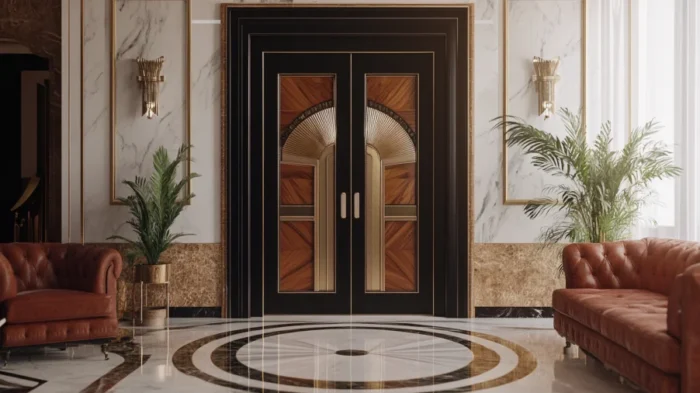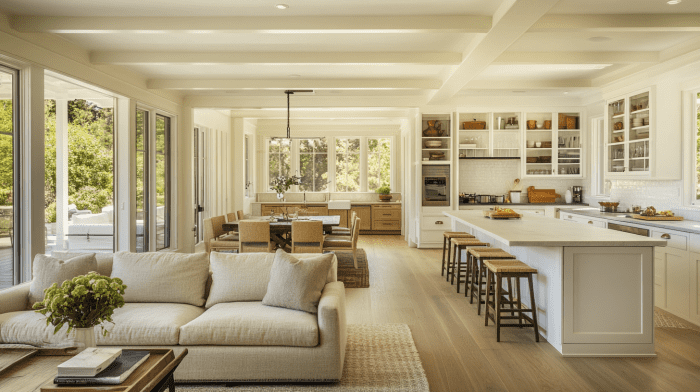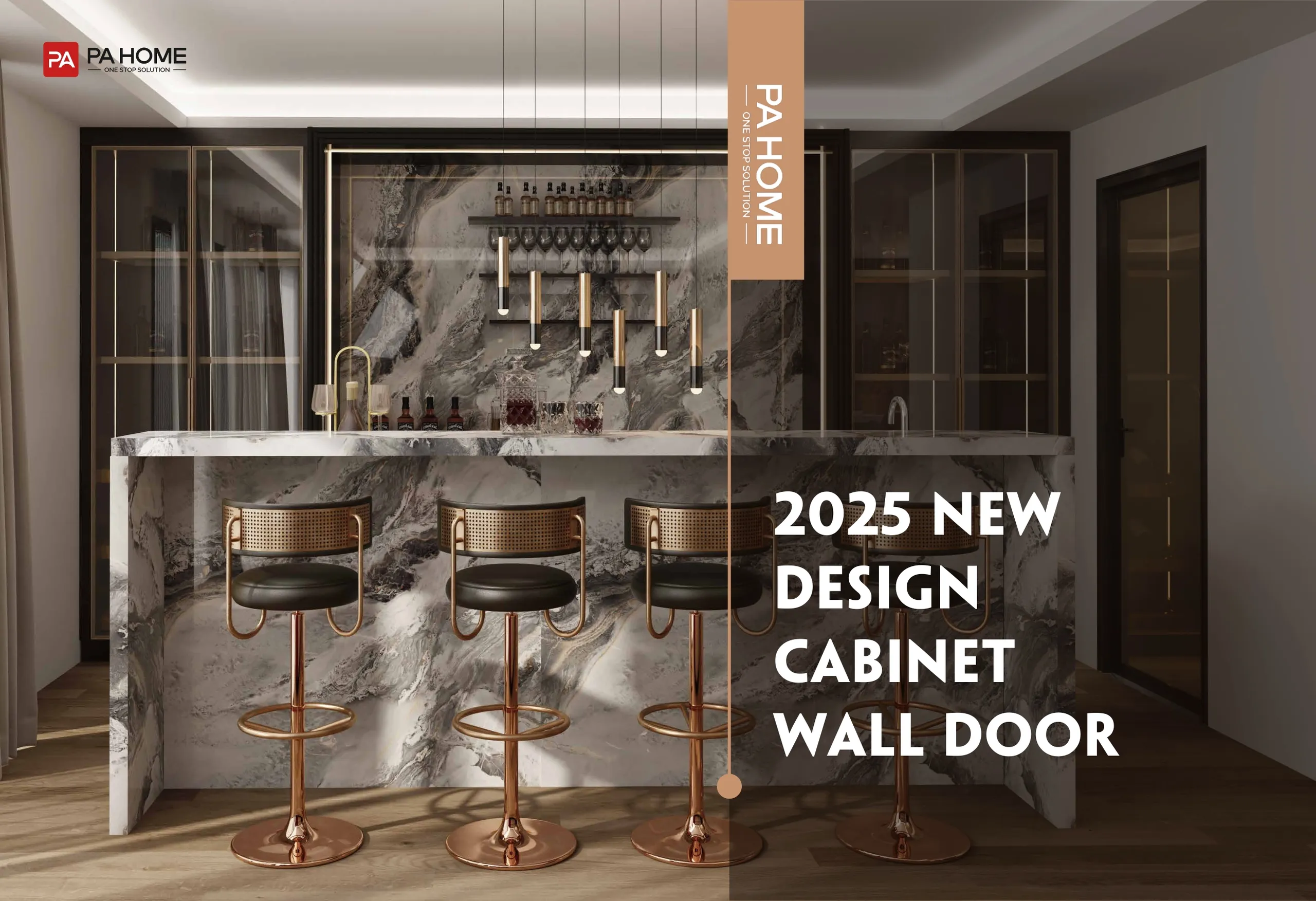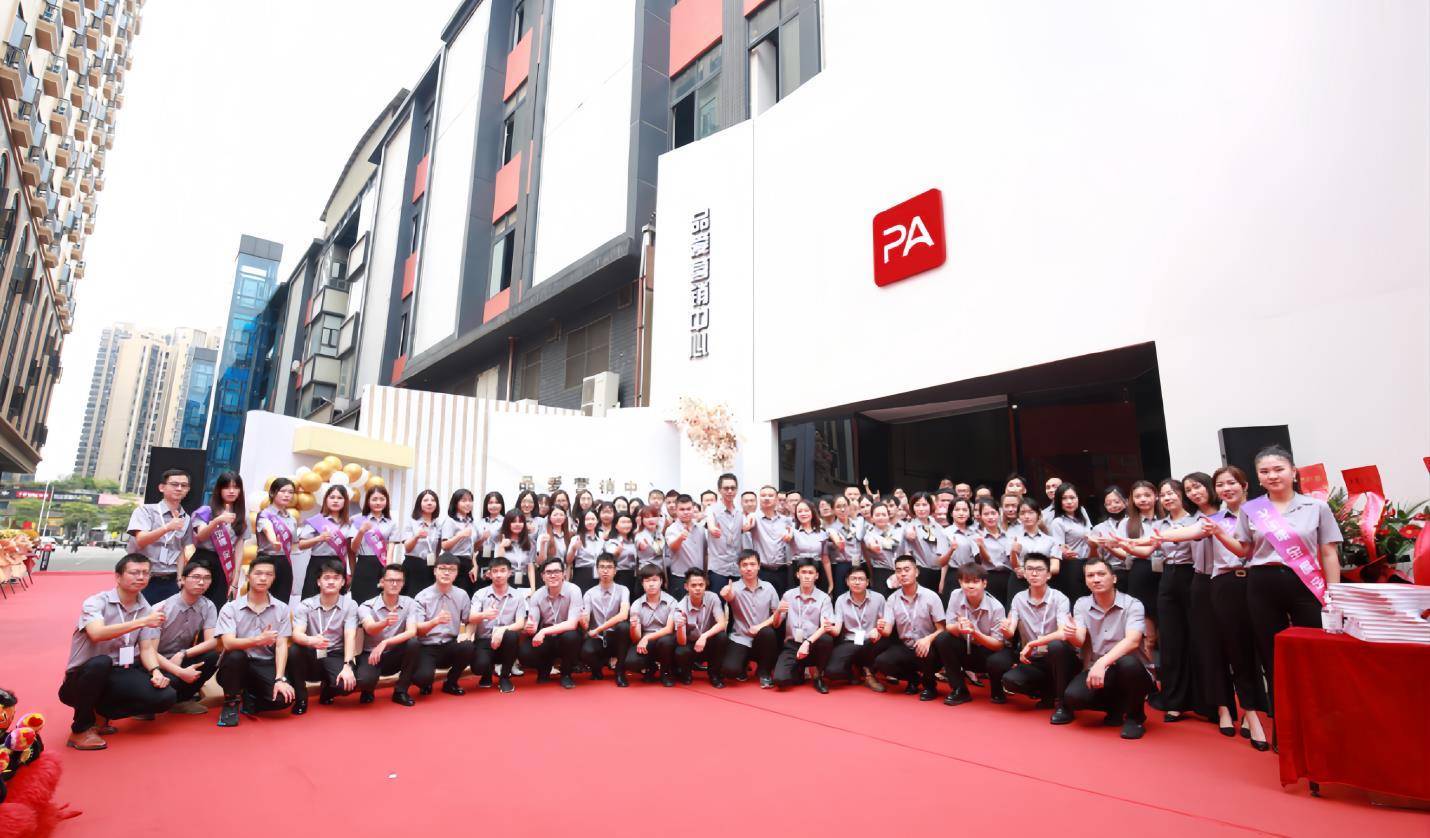Medium-density fiberboard (MDF) is an engineered wood product formed by compressing wood fibers with resin and wax under heat and pressure. It’s prized for its flawless surface and consistent quality, making it a go-to for painted kitchen cabinetry. But before you choose MDF for your remodel, let’s explore its strengths and weaknesses—backed by data, real-world experience, and expert recommendations.
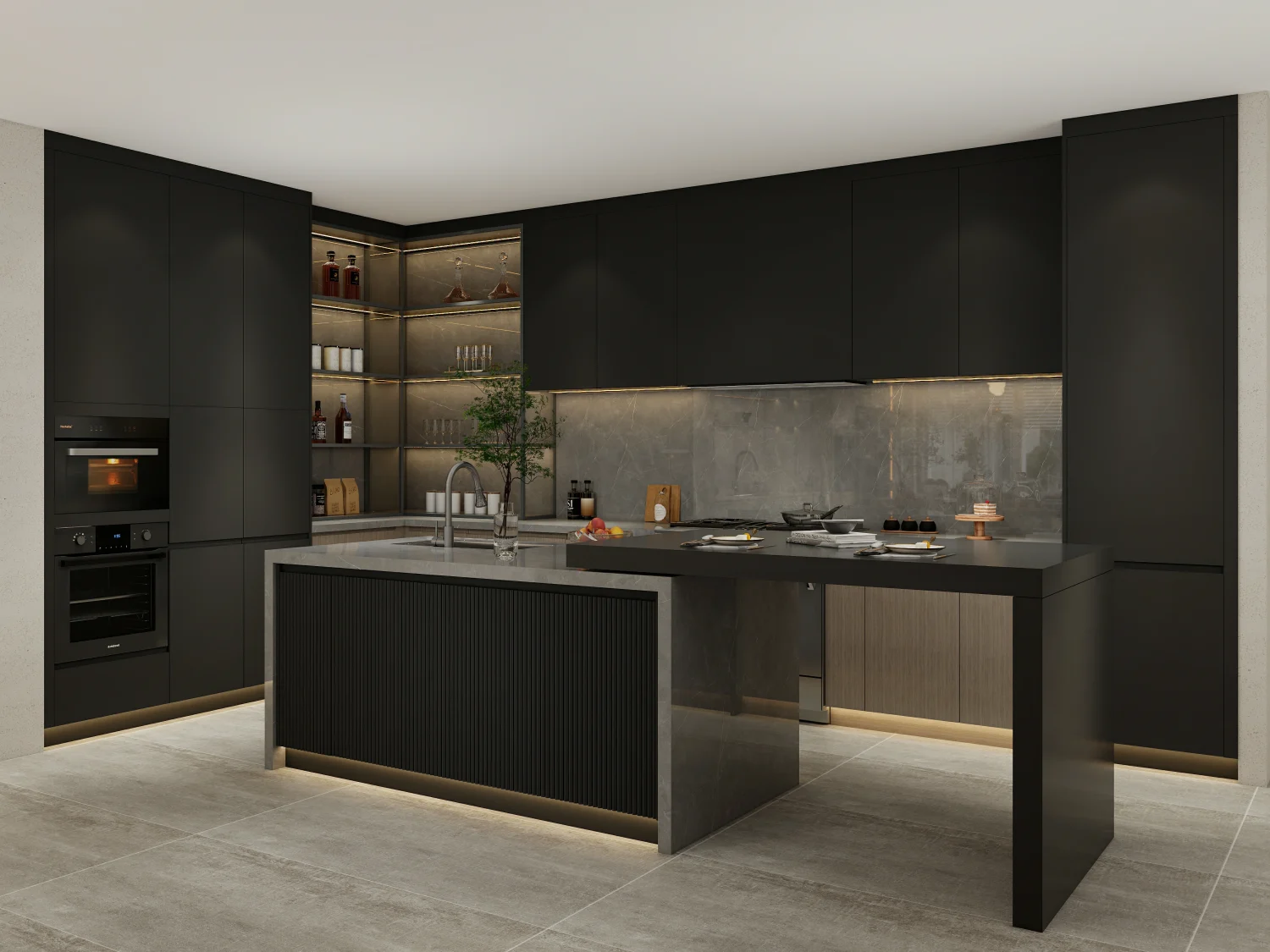
MDF is an affordable and versatile material, ideal for creating smooth, high-quality kitchen cabinetry.
MDF is not durable enough for kitchen use and is prone to damage in all conditions.
What Are the Pros of MDF Kitchen Cabinets?
Smooth, Uniform Surface Ideal for Paint Finishes
MDF’s homogenous composition means no knots, grains, or “telegraphing” show through paint. You get crisp lines and bubble-free coverage, even in complex profiles like shaker doors or beadboard panels. That makes MDF a favorite among designers seeking sleek, contemporary looks.
Lower Material and Manufacturing Costs
On average, stock-grade MDF kitchen cabinets cost between $100 and $200 per linear foot installed—up to 50% less than solid wood options and about 20–30% cheaper than plywood alternatives. For a typical 20-foot kitchen run, that’s a savings of $1,000–$4,000 compared to hardwood.
Excellent Dimensional Stability in Controlled Environments
Unlike solid wood, which can expand or contract by up to 0.5% with humidity changes, MDF panels swell less than 0.2% when properly sealed . In a climate-controlled kitchen, that translates to fewer gaps, tighter joints, and longer-lasting doors.
High Design Flexibility and Customization
MDF mills cleanly, accepting intricate router profiles, fluting, and inlays without splintering. Whether you want ornate custom moldings or minimalist flat-panel doors, MDF delivers consistent results. That flexibility unlocks more design options at a fraction of hardwood’s cost.
Eco-Friendly Use of Recycled Wood Fibers
Many MDF manufacturers use post-industrial or post-consumer wood fibers, diverting waste from landfills. Plus, advanced binders reduce reliance on virgin timber. Choosing CARB Phase II–certified MDF ensures both sustainability and low formaldehyde emissions.
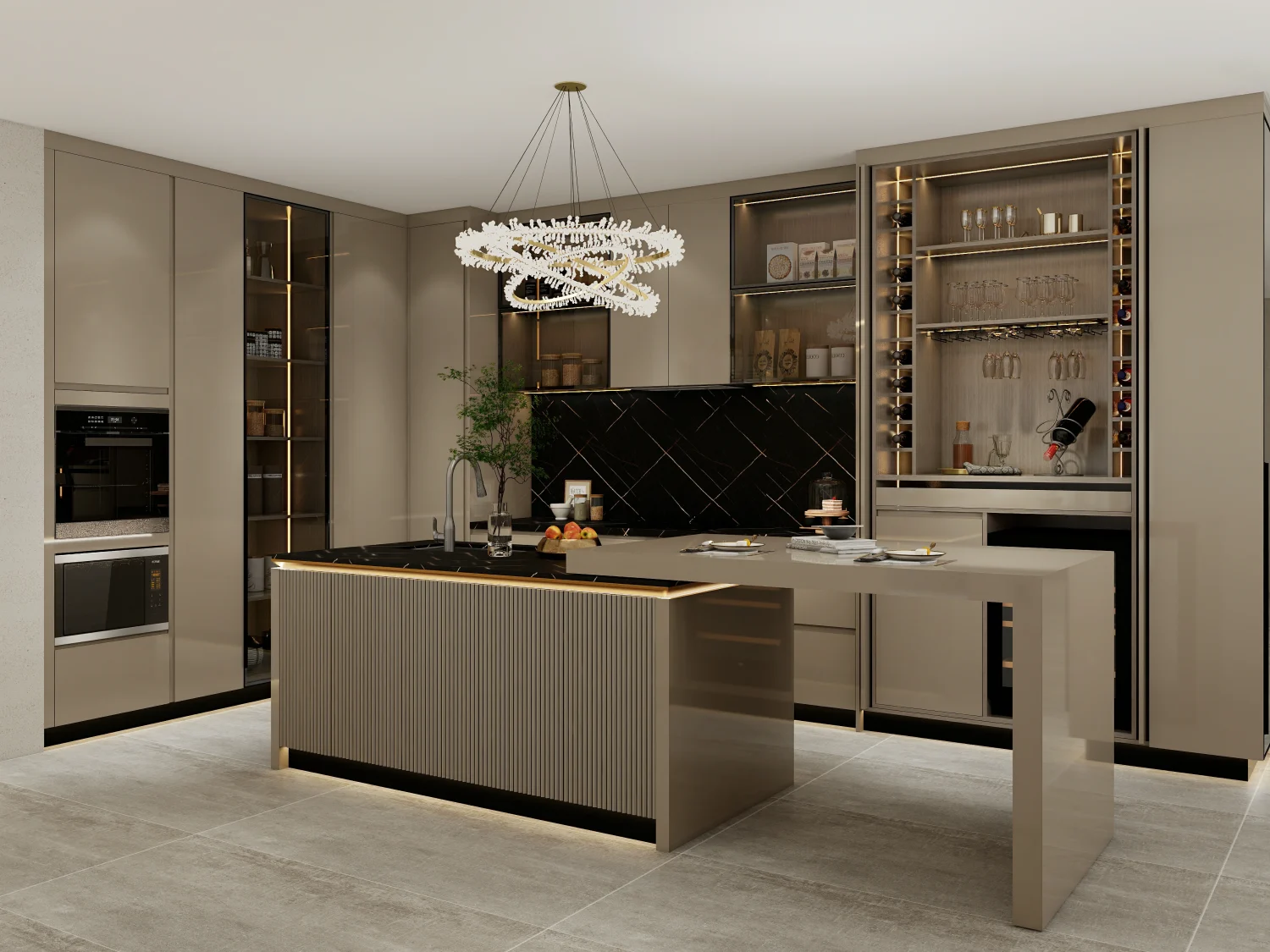
What Are the Cons of MDF Kitchen Cabinets?
Susceptibility to Water Damage and Swelling
Exposed MDF edges act like sponge wicks for moisture. A single spill can cause swelling up to ¼ inch in extreme cases, leading to warped doors or delaminated veneers. Proper edge sealing and high-build primers are nonnegotiable to avoid costly damage.
Lower Load-Bearing Capacity Than Plywood or Solid Wood
MDF’s density gives it strength, but it can sag under sustained loads. A 36″ wide shelf without center support may deflect more than ⅜″ under 50 lbs—nearly double plywood’s deflection. Reinforce long spans with plywood or install center supports for heavy cookware.
Difficulties Repairing Dents, Scratches, and Edge Damage
Unlike solid wood, MDF doesn’t sand back to a clean edge. Minor dings require tinted filler and refinishing. For chipped edges, you’ll need epoxy or replacement trim. That adds labor and potential material costs down the line.
Potential Formaldehyde Emissions Without Proper Certification
MDF uses urea-formaldehyde resin binders. Low-grade MDF can off-gas small amounts of formaldehyde, impacting indoor air quality. Always specify CARB Phase II or TSCA Title VI–compliant boards, which cap emissions at 0.05 ppm or less.
Heavier Weight Leading to Increased Tool Wear During Installation
MDF weighs around 50 lbs per cubic foot—about 30% heavier than plywood. That density dulls conventional high-speed steel blades in just a few cuts. Expect to invest in carbide-tipped tooling or change blades more frequently, adding to labor time and costs.
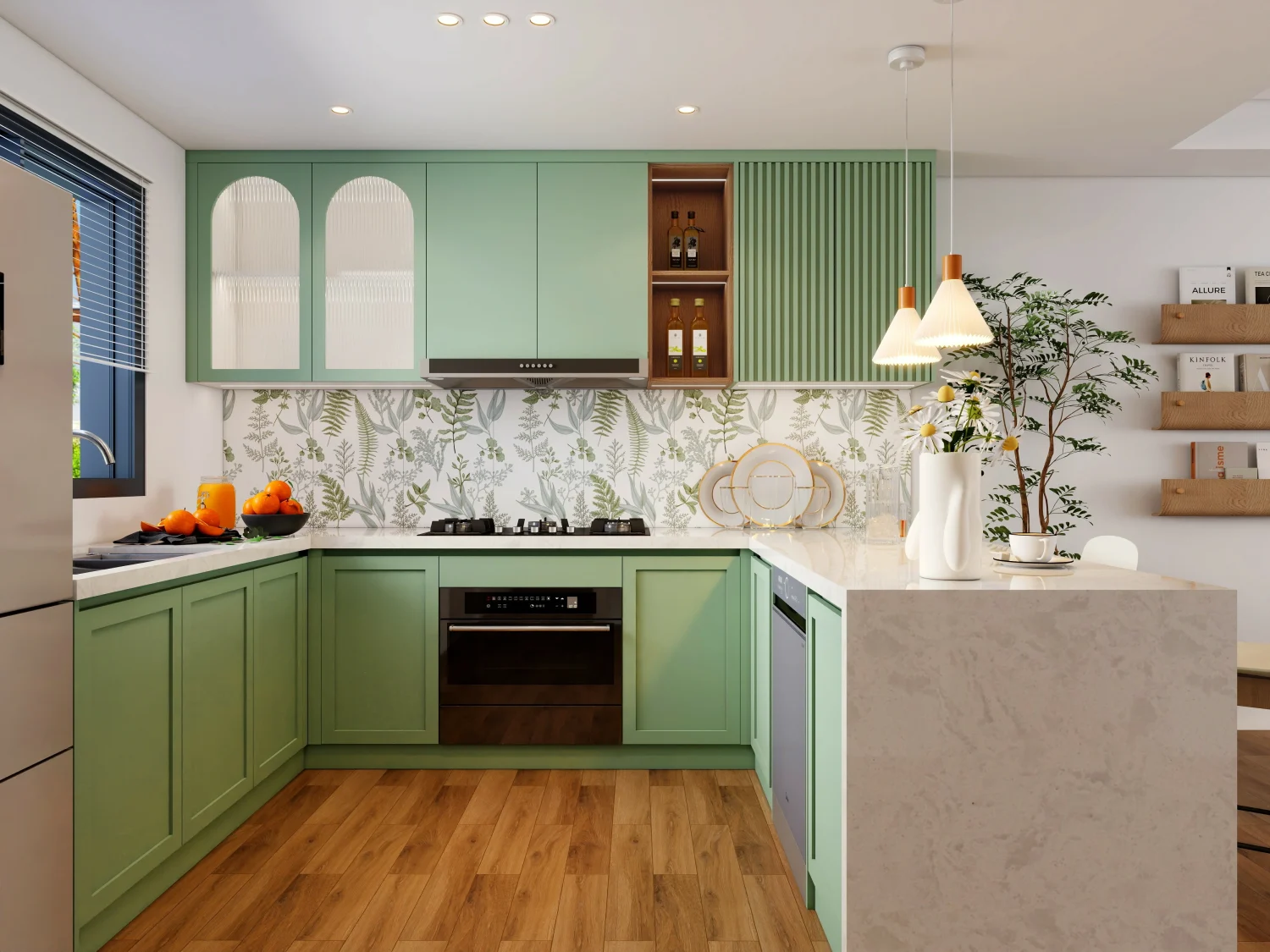
How to Protect and Maintain Your MDF Cabinets
Seal Every Cut Edge: Use edge banding or apply a 3–5 mm thick layer of polyurethane before priming.
Choose Water-Resistant Paint: Opt for 100% acrylic enamel or marine-grade finishes with a minimum of four coats.
Wipe Spills Immediately: Even water left for minutes can damage unsealed edges. Use a soft, damp cloth, then dry thoroughly.
Inspect Seams Monthly: Look for cracks or peeling paint at joints; reapply sealant as needed.
Avoid Direct Contact with Appliances: Install splash guards around dishwashers and refrigerators to minimize moisture exposure.
Sealing edges and using high-quality paint will protect MDF cabinets from water damage and extend their lifespan.
MDF requires no special care and will last indefinitely without maintenance.
How Does MDF Compare to Other Cabinet Materials?
| Material | Cost (Installed, $ / lf) | Moisture Resistance | Finish Quality | Repair Ease |
|---|---|---|---|---|
| MDF | 100–200 | Moderate* | Excellent | Medium |
| Plywood | 150–250 | High | Good | High |
| Solid Wood | 250–400 | Variable | Variable | High |
What Is the True Lifetime Cost of MDF Cabinets?
Initial Material & Installation: $100–200/lf
Edge Banding & Paint Labor: $15–30/lf
Tools & Blade Replacements: $200–400/year for small kitchens
Maintenance & Touch-Ups: $100–200 every 3–5 years
Expected Replacement Cycle: 15–20 years with proper care
Over a 20-year period, MDF cabinets can cost under $250/lf per decade, making them highly cost-effective compared to frequent plywood replacements.
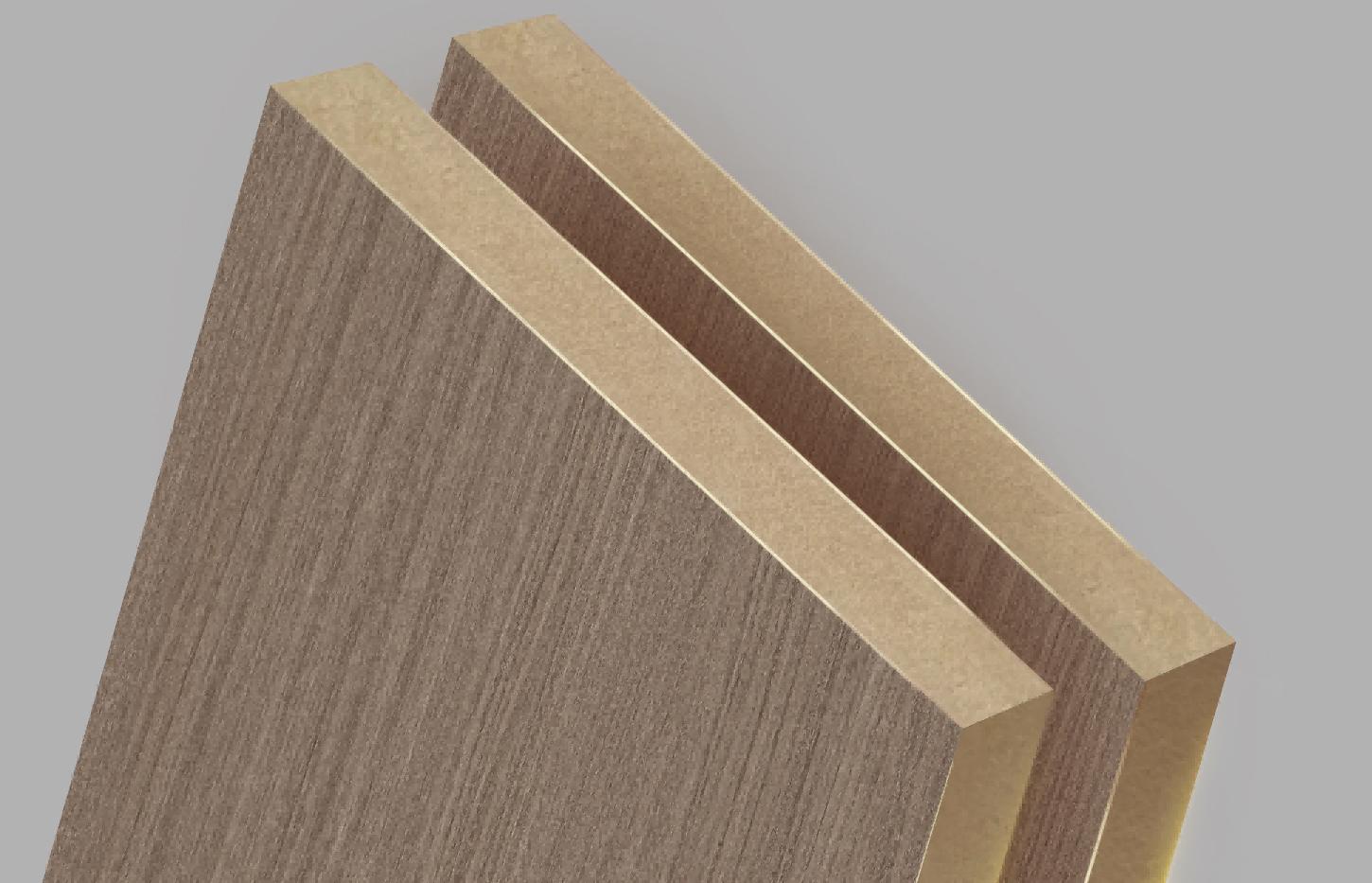
Conclusion: Are MDF Kitchen Cabinets Right for You?
If you crave flawless painted finishes and want to save up to 30% on initial costs, MDF stands out. But if you need high moisture resistance, extreme load capacity, or easy on-the-spot repairs, plywood or solid wood may suit you better. Match material traits to your lifestyle, kitchen environment, and budget to avoid surprises.
If you’re ready to invest in MDF kitchen cabinets, make sure to choose a reputable supplier and ensure your cabinets are properly sealed and maintained.
FAQs about MDF Ktchen Cabinets
Yes, if you seal all edges and use water-resistant paint. Unsealed MDF may swell in humid conditions.
With proper sealing and maintenance, expect 15–20 years—on par with many plywood installations.
Many MDF products use recycled fibers and meet CARB Phase II standards, diverting waste and minimizing emissions.

